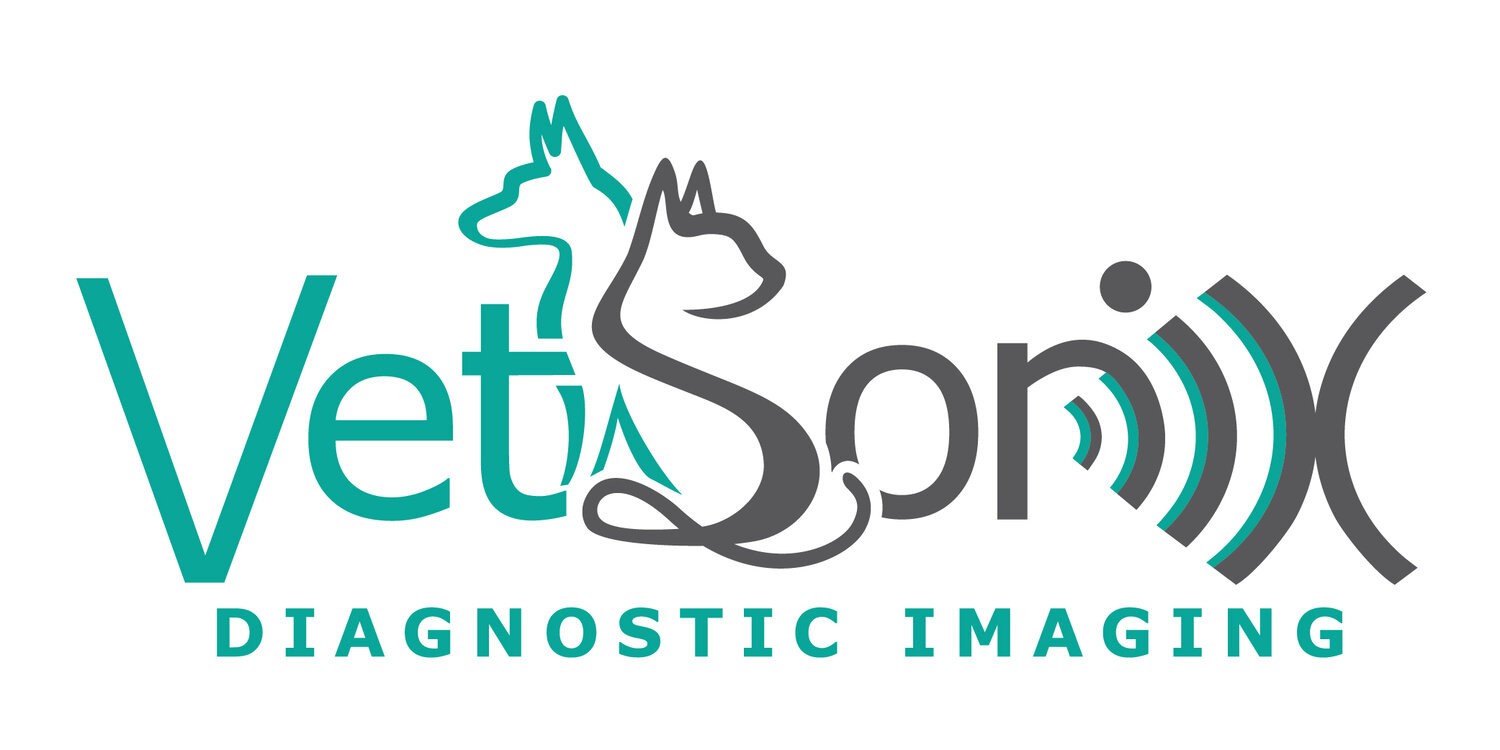
Services
Indications for ultrasound:
Ultrasound is a safe, non-invasive imaging modality used in veterinary medicine, and acts as a window/camera to look inside an animal’s body. Ultrasound provides useful structural and functional anatomical information about organs and body systems, while complementing other diagnostic means, such as physical exam, blood work, x-rays, etc.
Abdominal
This study focuses on intra-abdominal organs, such as the liver, gallbladder, spleen, kidneys, adrenal glands, pancreas, bladder, gastrointestinal tract, lymph nodes, prostate, uterus/testes (if intact) and blood vessels
Small Parts
This study focuses on assessment of thyroid/parathyroid, salivary glands, hernias, superficial lumps, subcutaneous fluid collections (seroma, hematoma, abscess), post-surgical sites, etc.
Pregnancy / Reproductive
This study focuses on assessment of reproductive organs (uterus, ovaries, prostate, testes) or to confirm pregnancy, approximate fetal count and viability. Pregnancy examination should be performed between 30-35 days post-LH surge or last known breeding
Focused Follow-up
This study focuses on a single organ or organ system to assess stability, progression and/or deterioration of pathologies observed during an original ultrasound exam
Non-Cardiac Thoracic
This study is performed when a superficial mass or pleural effusion is identified on a thoracic radiograph, to characterize further. Cardiac assessment and measurements will not be performed
Interventional Procedures
Fine needle aspiration of superficial structures (thyroid, subcutaneous/dermal masses, etc), lymph nodes, abdominal fluid, urine etc. can be performed under ultrasound-guidance. Contact info@vetsonix.ca for further information
Patient Preparation:
The owner must bring their pet to the veterinary clinic at least 1 hour prior to the appointment time. Please have the patient shaved and the exam room ready prior to my arrival
Shaving Instructions:
Abdominal exams - shave from the level of the xyphoid process to the pubic bone, with wide lateral margins, including the last 3-4 intercostal spaces on the right side. Please ensure a close shave, so no hair remains in the scanning field. Please note that the clipped area may need to be more extensive in deep chested or larger animals
Thoracic exams - shave the right and left chest wall from the shoulders to the costal margin, and from the epaxial muscles to just above the sternum

Rectus abdominus & Linea alba








